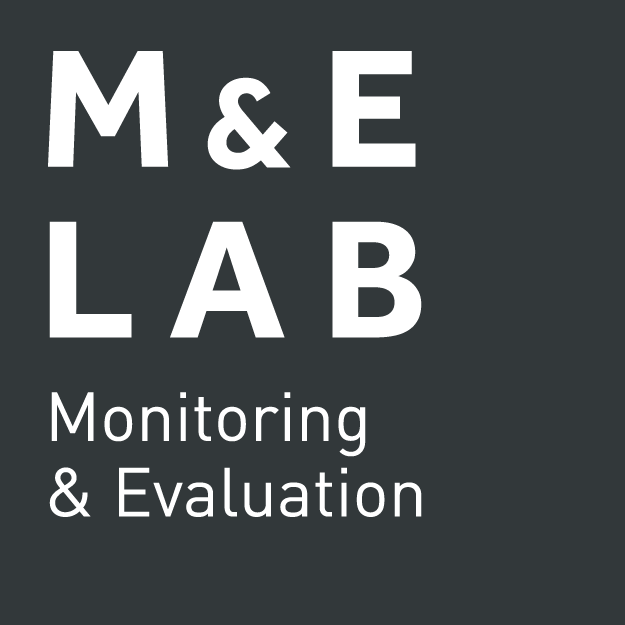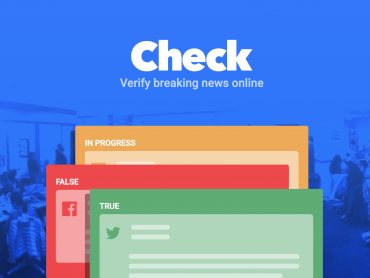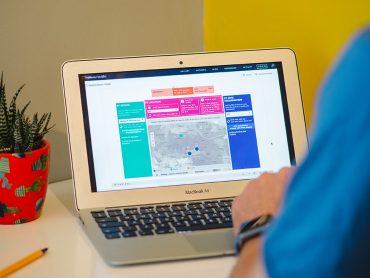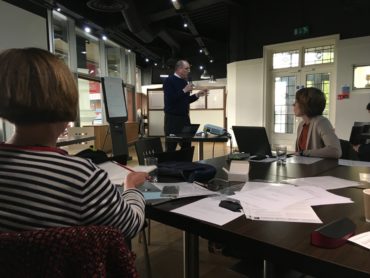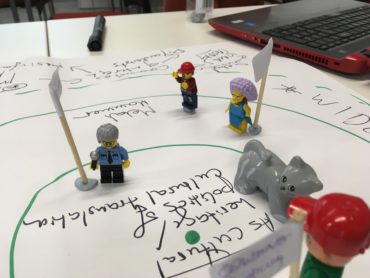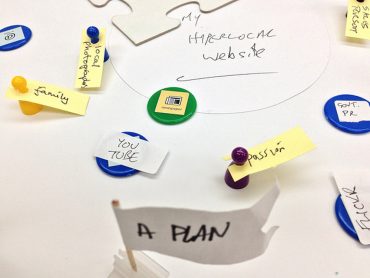Tracking your project’s social media impact with Zapier
I recently went along to some training at Birmingham City University, with the vague notion that it might be useful to learn a bit more about scraping social media content. Hats off to Nick Moreton for making that training practical and useful following on from similar training that Dave Harte had delivered from our research centre. The difference here was that we were looking at an online tool called Zapier which allows you to track and automate various online services and apps ongoing from the point you start, whereas Dave’s was looking at historic online data. Given that we usually seek to work with people, evaluating impact and change from the start of their projects, I could immediately see how this applied – and of course it really does argue the case for thinking about such evaluation processes from day one, rather than wishing we’d implemented them when it’s too late.
So what does Zapier let us do? Well, in some respects it’s very similar to If This Then That (IFTT), in that it takes one source in, does something to it, and then throws an output to another service. The most obvious example is asking it to search for mentions of a certain phrase (keywords associated with your project, or a hashtag), and then ‘print’ certain parts of that data to a Google Doc spreadsheet. So as well as just noting that somebody tweeted using your particular term, it can also tell you how many followers that person has, and how many time that tweet has been retweeted, to give you an idea of the impact of each tweet.
Here’s an example where I’ve just done that, it records mentions of the term b31voices, which is a local website and Twitter account, and each time shows the followers and retweet numbers for each tweet, as well as showing the text of the tweet.
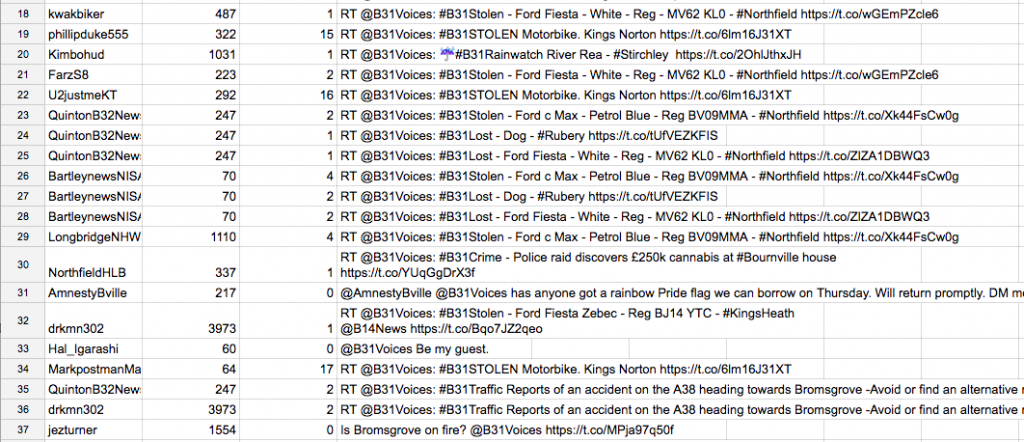
Of course this data scraping does then require some interpretation, looking at any factors that might have created patterns or spikes in that data, and understanding the context of how a string of retweets occurred, but with such tools on our side, evaluating the progress and lifespan of a project online can more easily be tracked.
